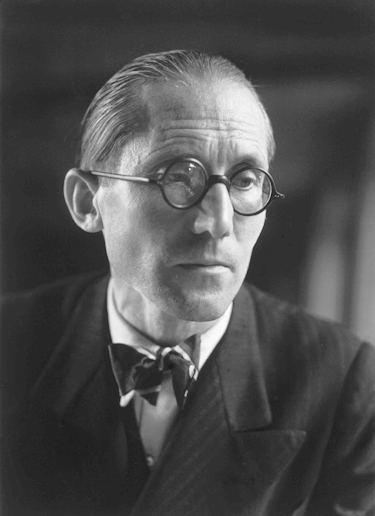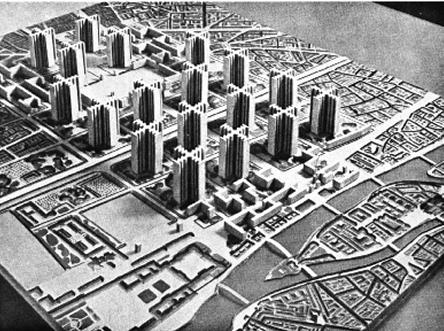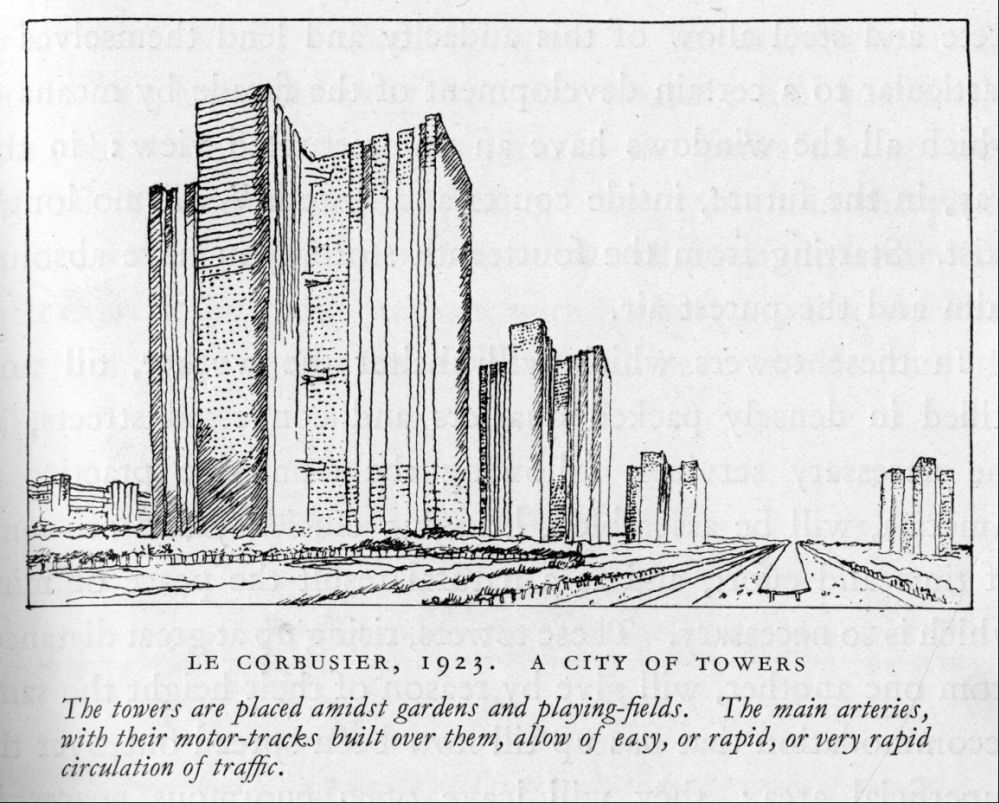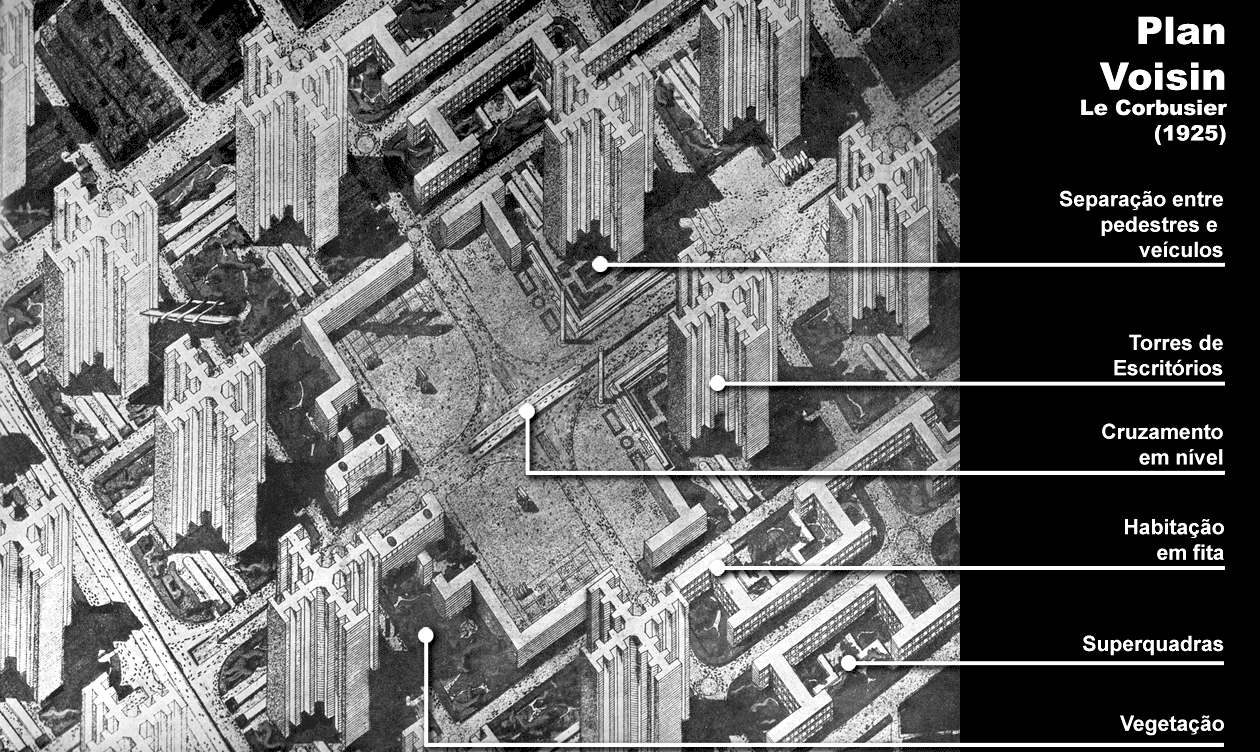Time and again, the mainstream media has analyzed and debated the death of 17-year-old Trayvon Martin on February 26, 2012, inside the perimeter of the Retreat at Twin Lakes, a gated community in Sanford, Florida. In the search for answers that make any sense of Martin’s untimely death, many have sounded proposals to rescind Florida’s stand-your-ground law. Far fewer, however, have called for reconsideration of the urban planning practices that continue to perpetuate the gated community typology, which — by nature of its spatial organization — was not only the site of Martin’s death but also, in part, the cause. Developers, urban planners, and lawmakers must be held accountable for their roles in building communities of exclusionary gates and poorly planned public spaces, where the physical environment validates discriminatory sentiment that renders the unusual as suspicious.
Read MoreA Neighborhood Watch sign stands outside The Retreat at Twin Lakes gated community where Trayvon Martin was shot by George Michael Zimmerman.
(Photo by Roberto Gonzalez/Getty Images)






